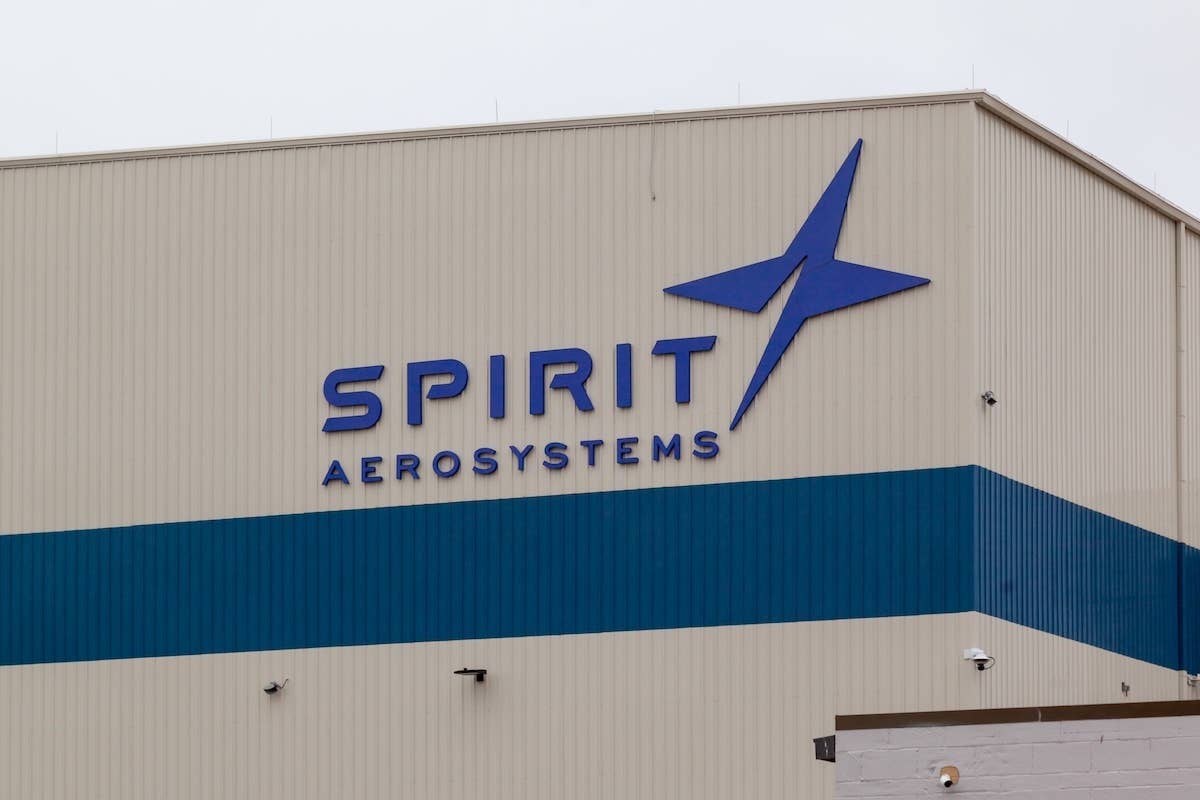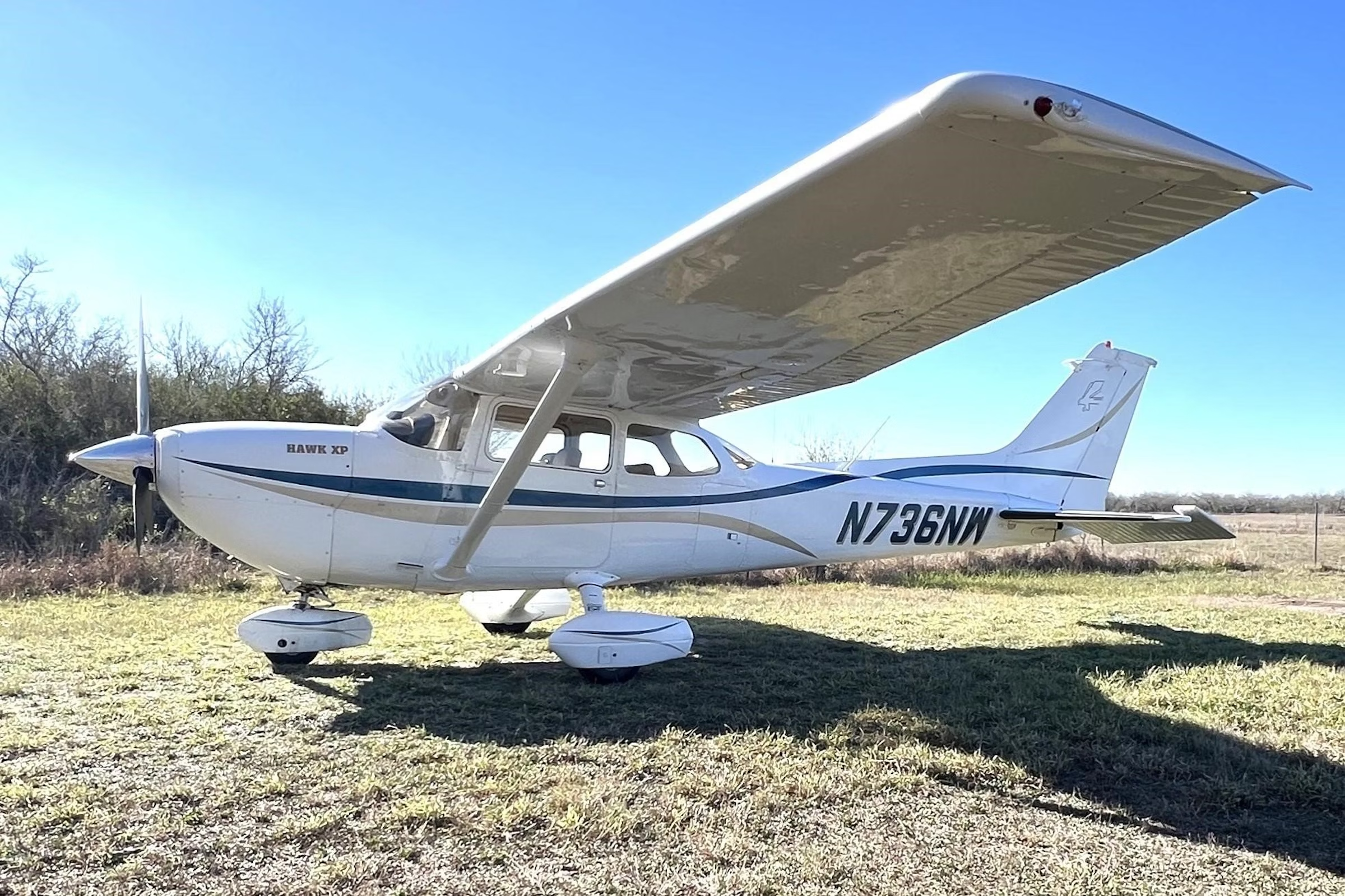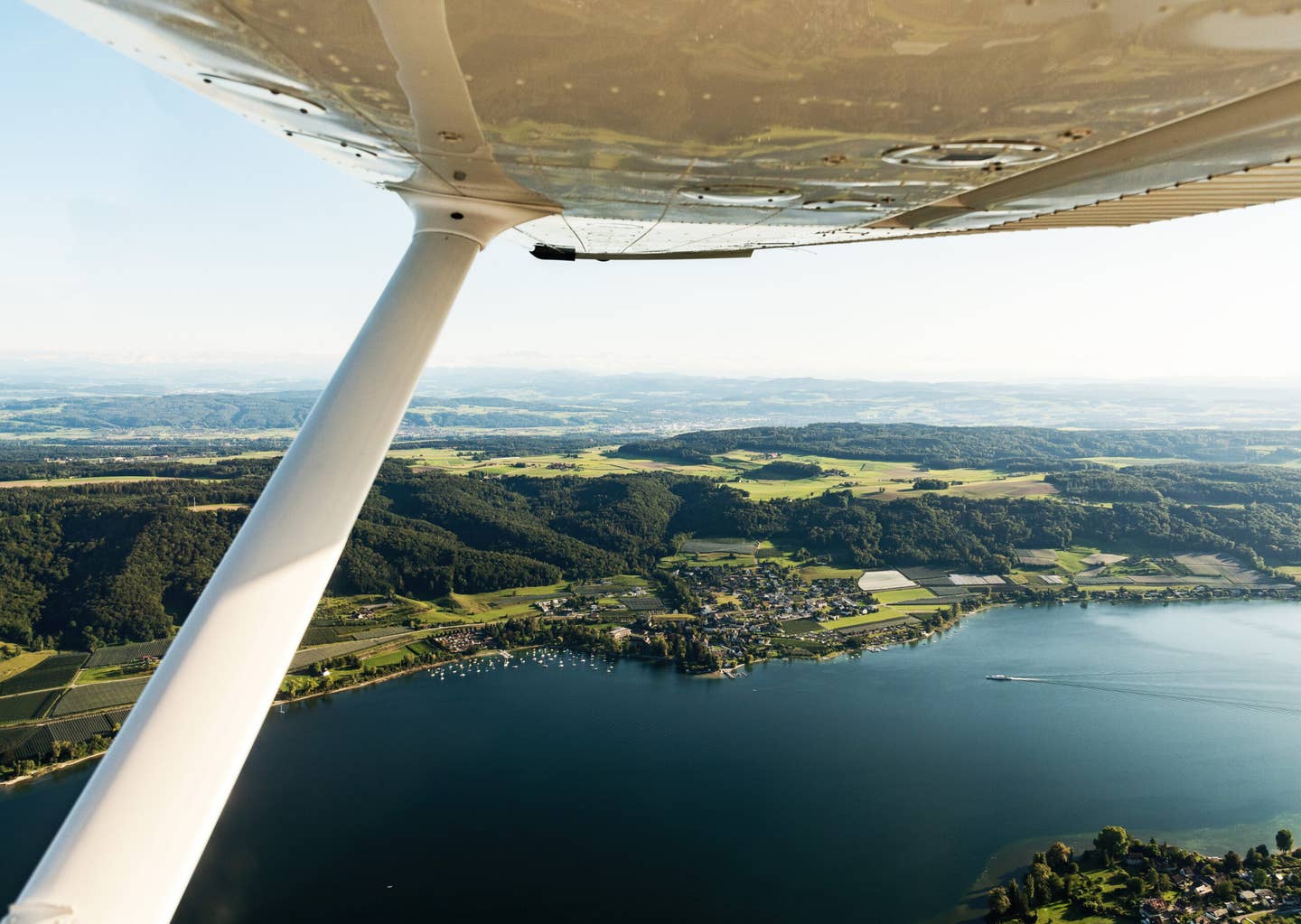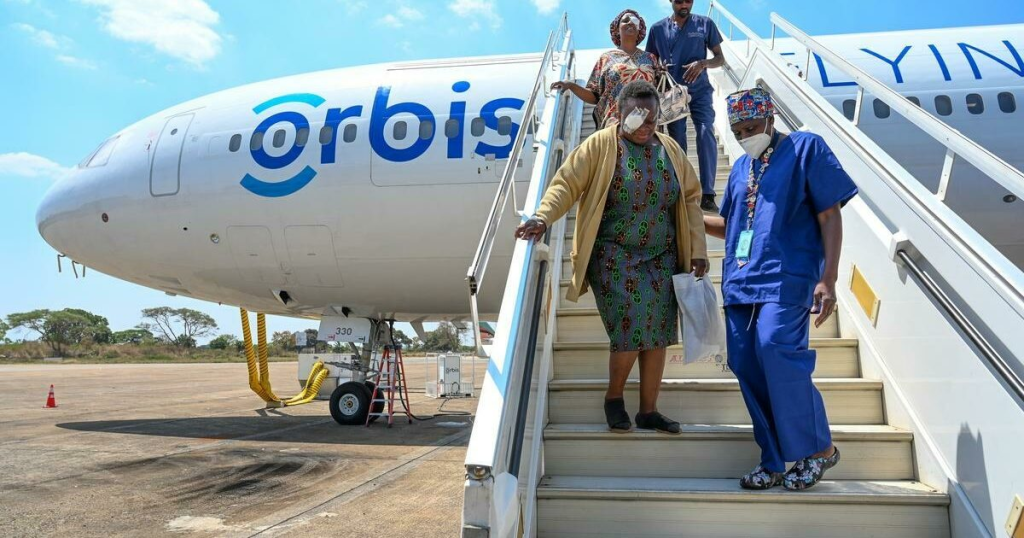Think of Maintenance Problems As Learning Opportunities
While our personal airplanes may suffer failures, they are rarely as bad as we might imagine.

Aircraft owners should embrace the challenge of occasional maintenance difficulties. [Credit: Jonathan Welsh]
Just over a week ago I was feeling the onset of panic after our 1992 Commander 114B’s oil pressure gauge failed. This happened during the same flight when one of the airplane’s Garmin G5s shut down unexpectedly—and the heater appeared to be on the blink as well.
Not only do things occasionally go wrong in general aviation, but they go wrong in bunches. While I had braced myself for the sorts of problems that most aircraft owners eventually have to deal with, I was not quite ready to face them so soon after the purchase. I had hoped to have a little more time to enjoy relatively carefree flying with every instrument on the panel working properly as they had during a recent demonstration flight with the former owner.
But reality could not wait, and after logging a single hour in my new machine I was standing on the maintenance ramp while the mechanic who had performed the pre-buy removed the upper cowling and began his investigation. He seemed to give me a look as if I must have done something, perhaps something terrible, to have so quickly turned a perfectly good airplane into one that was no longer airworthy. But I was letting my imagination take over. The mechanic considered this a typical encounter with a 30-year-old airplane.
While awaiting a verdict I chatted with a friend, telling him that under my ideal scenario, the problem would be a simple one that could be fixed within an hour, enabling me to be back in the air by lunchtime.
“Good luck,” he said in a not-so-positive tone before heading into the airport restaurant for breakfast. I could not think about eating at a suspenseful time like this. Instead I stood on the tarmac, taking in the modest but welcome heat the low December sun offered. A few minutes later I heard the most encouraging words—“I think I found the problem.”
Turns out the electrical connector for the gauge—one of the large cylindrical types with a threaded sleeve that holds it together, had loosened slightly. Soon it was tight, re-safety-wired, and ready, and I had learned a bit more about my airplane’s systems. I started the engine and the oil pressure gauge was alive again.
I celebrated with an hour aloft with my instructor, practicing steep turns, slow flight, stalls, and pattern work. I would have flown all day had my schedule allowed it, but an hour was all I could squeeze in. The good news: This was the last hour of instruction the insurance company required before I could solo. I can finally start logging the remaining 15 hours I need before carrying passengers. So far the days when I could fly have been rainy or too gusty, but I am watching the forecast closely and plan to pounce as soon as a reasonable day comes along.
I eagerly anticipate flying the Commander by myself in almost the same way that I looked forward to my first solo years ago while training for my private pilot certificate in a Cessna 172. However I think I will appreciate the experience even more now, because it represents a clear step beyond the most basic skills needed to fly an airplane. I am moving up.
The Commander really is a complex and high-performance aircraft compared with the 172 I have grown accustomed to flying over the past decade. The workload is more demanding as is the pace. Everything happens roughly 50 percent faster than in the 172, so staying ahead of the airplane is more challenging. But I feel like I can handle it confidently now. At some point the increased speed became a source of satisfaction instead of trepidation. That is the effect of training.
Next time I plan to report on solo visits to new destinations and, I hope, no more squawks for a while.

Sign-up for newsletters & special offers!
Get the latest FLYING stories & special offers delivered directly to your inbox






